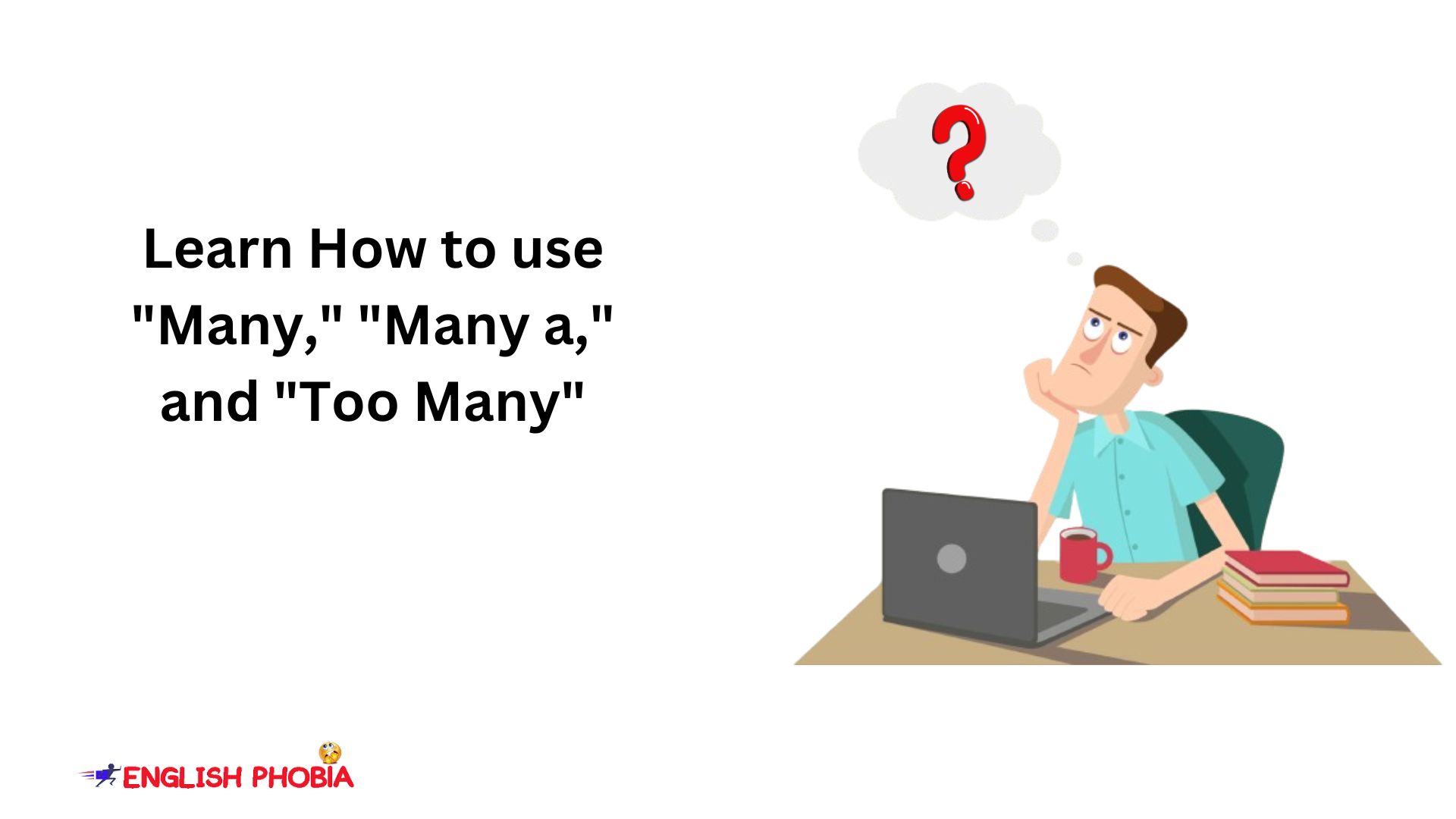In the previous part of verbs, we have already learned different verb definition and examples. If you don’t know what an action verb is or have not gone through our previous types of verbs, you must have a visit to clear your basic concepts about types of verbs and examples. You can access the first part by clicking on the hyperlinked words. This part of the verb is all about how we can identify other types of verbs and use them grammatically correctly in the English language.
In this series, there will be providing you with all the parts of Finite Verbs.
1. Primary Auxiliary
2. Modal Auxiliary
3. Semi Modal Auxiliary
Semi Model Auxiliaries
This is the third part of finite verbs in the auxiliary category. This is a mixed combination of a verb which can be used as a modal verb as well as an action verb hence these verbs are called Semi model auxiliaries.
These verbs are given below. Let’s learn how we can identifiably use them as modal verbs and action verbs. There will be some tips and tricks for your assistance at the last to help you out at once.
Need |
Dare |
Used to |
Firstly we will lean to use them just as we use them as a modal auxiliary.
Need
We use need when we require something such as help, money, time or it can be something else.
Examples
1. He need brush up on his typing speed as well as communication skill to get a job in an MNC.
2. I need not worry about anything as long as she is with me.
3. Why need they rob the bank?
Now as an action verb
Examples
1. He needs to brush up on his typing speed as well as communication skill to get a job in an MNC.
2. I do not need to worry about anything as long as she is with me.
3. Why did they need to rob the bank?
4. She needed some time and affection from her partner.
Dare
If you dare someone for something it means you challenge him for it.
Examples as a model verb
1. I dare not question her decisions for our relationship.
2. She was a courageous lady because she dare stand against a terrorist.
3. The enemies dare not enter our countries till the Indian soldiers are
deployed at the borders.
4. How dare they deny her to get married to her choice?
As an action verb
1. I do not dare to question her decisions for our relationship.
2. She was a courageous lady because she dared to stand against a terrorist.
3. The enemies do not dare to enter our countries till the Indian soldiers are deployed at the borders.
4. How did they dare to deny her to get married to her choice?
Used to
This model auxiliary is used to describe the past habits or actions that are no longer in existence now.
Examples as a model verb
1. We never used to ponder about the future after school life in our childhood days.
2. She used to have a morning walk when she was alive.
3. People used not to believe in the effective health benefits of quitting smoking.
4. How used you to get up in the early morning even in winter?
As an action verb
1. How did you use to get up in the early morning even in winter?
2. I use some writing tools to fasten my work.
3. She used to apply 6 amazing tips to stay fit at home.
4. Future businessmen will use digital marketing tips to reach a million customers.
Important instructions about Semi Modal Verbs
Here are some important points to keep in mind while using semi-modal auxiliary ‘Used To’, ‘Need’ and ‘Dare’
‘Used To’
When we use used not as a modal auxiliary verb, we can’t change used to and it will always remain as it is, but when we use it as an action verb, we can use its various forms such as using, needs, and dare.
In the negative sentence of a modal verb we will use it as Used not/ Need not/ Dare not while in action verbs the negation of a sentence depends on the helping verb like did not dare, is not using, and have not needed.
At the time using interrogative sentences with a modal verb, it comes just after the W.H.F (what when why, etc.) whereas, in an action verb, the helping verb comes after a W.H.F word.
The modal auxiliary verbs can create confusion about a time of action because it always remains in the same appearance whether we use them in the past or in the future but as an action verb you can easily guess the time period of an action when it came into existence.
The interrogative sentences can seem incorrect to you at first because people don’t usually use them hence most people prefer using interrogative sentences with action verbs only.
Exercise
Identify whether these are action verbs or modal auxiliary verbs.
Example:
We can dare to walk alone at night. (Action Verb/ Modal Auxiliary)
1. We did not use mark before the coronavirus came into existence. (Action Verb/Modal verb)
2. The students dare not speak in class in their teacher’s presence. (Action Verb/Modal verb)
3. She need not worry about anything as long as I am alive. (Action Verb/Modal verb)
4. Need you anything? Let me know I will do it for you. (Action Verb/Modal verb)
5. How did they dare to slap you? (Action Verb/Modal verb)
Comment us with the answers below.
In case you still have any doubt about these semi-modal auxiliaries, do learn the modal verbs from basic to an advanced level by clicking this everything you wanted to know about modals. If you still have any confusion in anything kindly let us know through the comment box below. You feel extremely cheerful to answer your queries and work on the provided feedback.












NICE